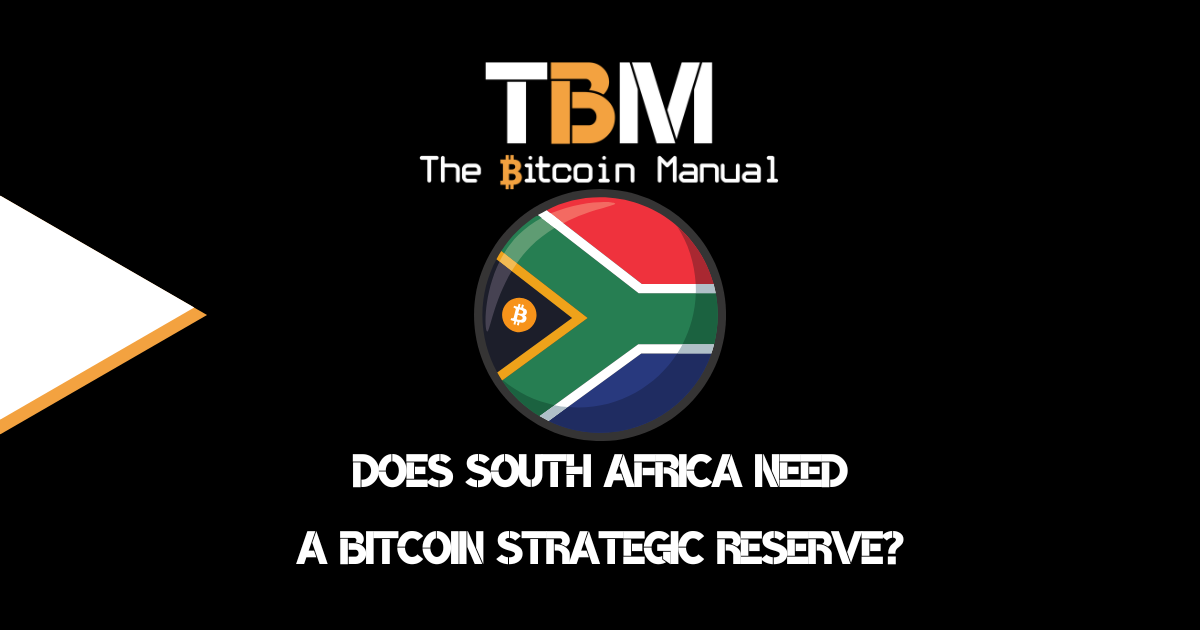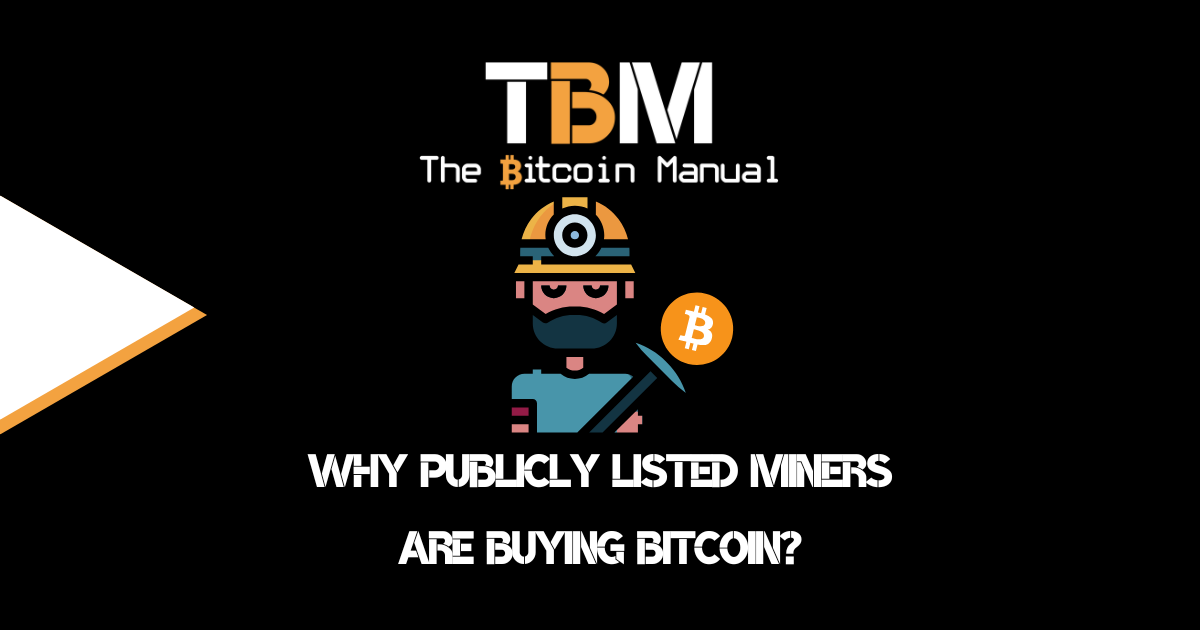What Is The Enigma Network?
Home » Blockchain » Enigma
Enigma Network is a proposed “Settlement Layer” between Bitcoin’s base blockchain and its secondary layers. While not a layer in the traditional sense, it does provide improved throughput and support for other scaling solutions. It reduces the need for block space as pre-committing transactions can be used as an anchor to unlock capital on other layers. Engima could reduce the bottleneck of on-chain confirmation and act as a bridge between Bitcoin’s main chain and second-layer solutions, such as the Lightning Network, Statechains, FediMint or RGB.
Enigma’s primary function is to batch transactions, allowing for simultaneous executions on both L1 and L2. This layer offloads significant data, easing the strain on both primary and secondary chains. It can also be used to craft more effective use of block space and increase throughput on the base chain. To enable Engima, Check Template Verify (CTV)/Convanants is required, an upgrade that is unavailable on the Bitcoin network as it requires a soft fork with nodes willing to accept running this updated client.

How does Enigma work?
The Enigma Network introduces a new deterministic approach to on-chain transactions, characterised by automatic UTXO pooling and asynchronous payments.
By leveraging covenants, users can create pre-committed transactions that cannot be rolled back or double spent but do not require a block confirmation to action. Instead, transactions are broadcast with an anchor that acts as an on-chain reference and certification for one or multiple transactions, while the specifics of each transaction aren’t maintained on-chain.
This means instead of only being able to transact with already confirmed UTXOs, users can now sign and commit transaction intentions ahead of time. Transactions need only interface with the main chain when visibility or inscription is mandatory. This reduces the data storage burden on L1.
Engima provides the Bitcoin network with benefits like:
- Safety: The security of transactions within Enigma is the closest confirmation you can get to a main chain transaction.
- Expressivity: Transactions from both L1 & L2 can execute in a batch simultaneously.
- Privacy: Enigma enhances transactional confidentiality by grouping transaction activity within a single UTXO
- Efficiency: Enigma offers a scalable solution for Bitcoin’s growing demand by pushing most of the activity of the L1 & L2s into the “Settlement Layer” and acting as a bridge between various Bitcoin environments
What can I do with Enigma?
Using covenants, an Engima network user could create a single transaction that performs one or several of the following actions.
- ATXO (Anchor UTXO) – ATXOs represent the primary UTXOs that are committed to the blockchain. They act as anchors, holding the references for off-chain transactions.
- LTXO (Lightning UTXO) – LTXOs denote Bitcoins stored in Lightning channels, which facilitate faster, off-chain transactions.
- STXO (Settlement UTXO) – STXOs embody regular transactional tasks, like channel operations or standard payments. Rather than being directly committed to the blockchain, STXOs are held by ATXOs. They are unique in that they can only serve as inputs for generating a Partially Signed Bitcoin Transaction (PSBT) targeted at an ATXO. It’s vital to note that mishandling or losing STXOs could result in fund losses.
- VTXO (Virtual UTXO) – VTXOs are ephemeral UTXOs with privacy features resembling e-cash. They offer enhanced transactional privacy and are exchanged between users without the necessity of the Mempool, ensuring a non-interactive, private transactional experience.
Engima is designed to be flooded with traffic.
As more users enter Enigma for its benefits and begin to collaborate within this settlement layer, the network amplifies, and so does its ability to improve throughput and offer better privacy assurances. This framework of Engima breaks the idea of one private key (or set of private keys) laying claim to a UTXO and transitions from thinking about individual transactions to envisioning one transaction completing a number of broader tasks.
What does Enigma do?
As the Bitcoin Network comes under pressure with growth in its users along with block-hungry protocols like Ordinals and STAMPs, it begins to price users out of using the base chain. While second-layer networks like Lightning and Liquid exist, they both suffer from initial startup costs, which is the submission of capital via an on-chain transaction.
If you cannot get an on-chain transaction confirmed or you’re priced out of one, you can’t peg into Liquid or open up a Lightning channel; while these networks work fine for those already inside, getting in and out remains a bottleneck.
To elevate the need to bid for block space at a specific time or fee, Engima, with the help of anchor transactions, can provide pre-signed confirmations through conventions that can be used for a host of different uses.
Reducing on-chain footprint
As with any scaling solution, the Enigma Network aims to reduce the need for on-chain settlement while increasing the throughput of transactions on the base chain.
Engima does this by creating an anchor transaction that represents multiple transactions, and on-chain activity is significantly reduced. Engima allows users to create as many transaction intents as needed without bogging down the network.
Improving the Lightning Network
Covenants also allow for improved Lightning Network operations like Non-Interactive Channels, which can remain dormant (or “cold”) until you wish to reveal them and deploy the working capital. This flexibility allows users to re-establish channels without needing fresh transactions, a feature beneficial for privacy and efficiency.
Covenant-created Lightning channels can also reduce the risk of private key exposure on Lightning nodes since you do not need the private key signature to reveal funds; instead, with anchor transactions, the risk is mitigated as only hashed references are used.
Communal custody
Using anchor transactions, any UTXO can become a communal asset without the need for multi-signiture wallets. Instead of individual ownership or distributed ownership of a UTXO, each transaction serves as an anchor for economic activity embedded within the hashes.
Utilising these techniques can dramatically reduce on-chain transactions since transactions don’t need to be settled on-chain every time; the UTXO provides the stage, and backing with the real activity is essentially ‘hidden’ inside the anchor transaction hashes.
Payment pools
Enigma also introduces the ability to create ‘Payment Pools’, which lets users pool their funds, sharing transaction fee costs. These pools can created for cooperative endeavours and detach afterwards, allowing participants to move in and out of pools as needed. Payment pools not only support on-chain activity but also support Channel Factories for the Lightning Network.
Transaction aggregation
Enigma also introduces concepts like ‘Transaction Aggregation’ and Decentralised Mining Pools (DPools).
Using Transaction Aggregation, Engima can process one on-chain transaction that settles a bundle of transactions, making it harder to track the individual actors behind each transaction and improving on-chain privacy.
DPools
DPools are an alternative to the traditional mining pool or a FediPool, instead of having a centralised actor submit blocks and redistribute earnings. The template of the DPool is established and remains immutable from its first mined block, ensuring that no single entity can exert dominance over it, and users can decide if they want to point hash rate to that DPool or not.
A DPool could provide competition for large KYC mining pools and, ensure better distribution of collected fees, and reduce the need for middlemen in the mining process. This not only helps in decentralising the network, but since there is less management, there are also fewer fees to pay, potentially making mining even more profitable for its participants and increasing the security budget for the Bitcoin network.
More information about Enigma
If you’re still interested in learning more about Enigma or would like to use the technology and keep up with the latest updates, then check out the following resources.
| Source | Website |
| polydeuces.id.stx – Bitcoin, CTV Covenants, and Enigma | https://app.sigle.io/polydeuces.id.stx/bo-iHio5_4iTlvWwXwZ9l |
| Enigma for Dummies: An Insight into Scaling Bitcoin Like Never Before | https://independentacademy.org/ |
Share with a friend
If you thought this information was helpful why not share it on your favourite social media network and encourage others to learn more about Bitcoin
The latest news from our blog

What Is ZapPlanner?
We all spend crazy amounts of time on the internet consuming content, reading articles, watching videos, listening to podcasts, diving into research papers and more.

Does South Africa Need A Bitcoin Strategic Reserve?
In his July speech in Nashville, Trump mentioned starting a Bitcoin reserve to help the US dominate the global Bitcoin market in the face of

Why Bitcoin Miners Are Buying Bitcoin
MicroStrategy (MSTR), the software company founded by Michael Saylor, is the first to adopt a Bitcoin treasury policy, and it’s done wonders for his share
